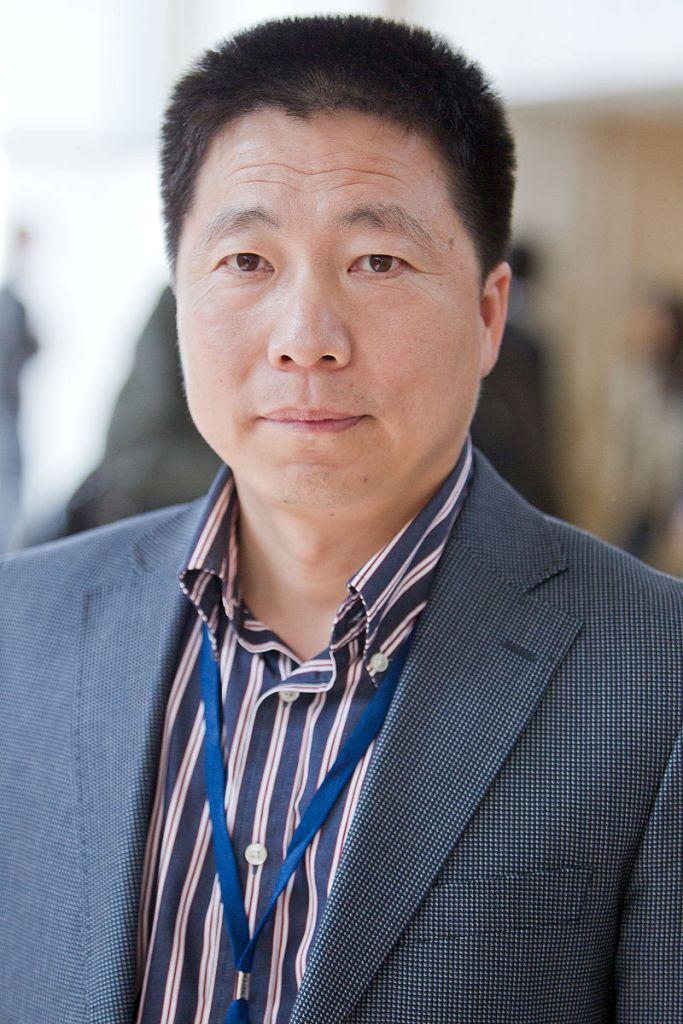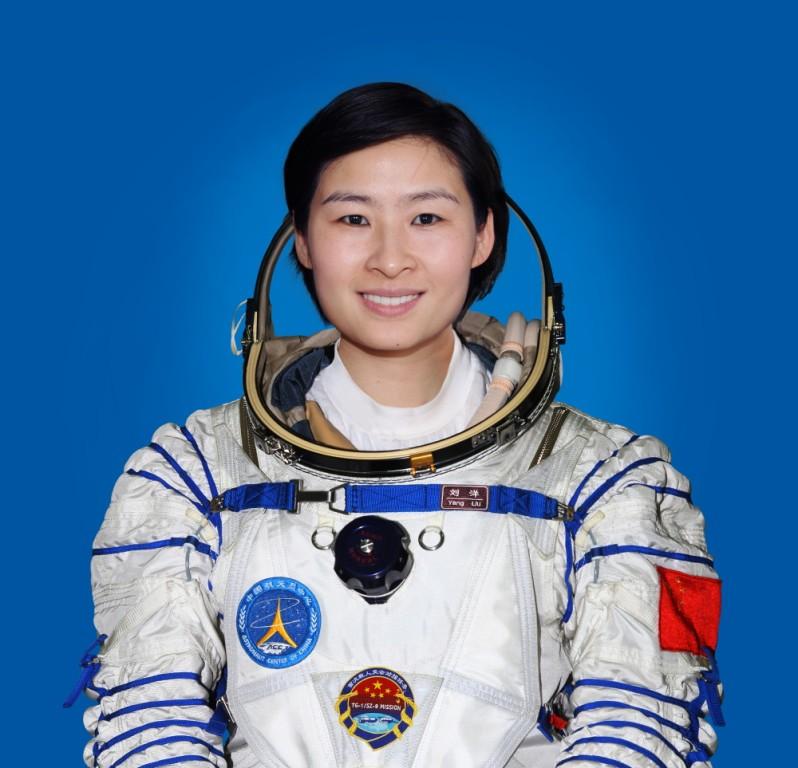Taikonauts The Chinese Space Travellers
The Chinese Reach New Heights
Taikonaut is the name in Chinese given to ‘space travellers’ otherwise known as ‘astronauts’ in English and is even derived from “space” (tàikōng) in Mandarin (a Chinese language) with the suffix –naut! The first taikonaut flew into space in 2003, with the first women taikonaut travelling to space in 2012. As of early 2018, there have been 11 taikonauts to reach space aboard the Chinese Shenzhou spacecraft.
Quick Facts About China’s Taikonauts (Astronauts)!
The China National Space Administration (CNSA), in its current form, was established in 1993 with the aim of manned space exploration. To become a taikonaut (Chinese for astronaut) the person needs to either command, pilot, or serve as a crew member of a spacecraft. The first Chinese manned space program is known as the Shenzhou program.
The Shenzhou program conducted several unmanned test flights before launching their first manned spacecraft; the Shenzhou 5 on October 15th 2003. The taikonaut piloting the Shenzhou 5 was named Yang Liwei, who completed 14 orbits of Earth before a safe re-entry and landing.
This achievement meant China became the third country to independently send humans into space after the Soviet Union and the United States of America. However, in 1985 the Chinese born NASA astronaut Taylor Wang (but who had migrated to the U.S.), technically became the first ethnically Chinese person in space aboard the American Space Shuttle.
The next mission, Shenzhou 6, became China’s first two-man spacecraft in 2005.
Aboard the Shenzhou 7 mission which followed in 2008, the taikonaut Zhai Zhigang became the first Chinese citizen to carry out a spacewalk while commanding China’s first three-man spacecraft.
During the 2012 Shenzhou 9 mission, taikonaut Liu Yang became the first Chinese woman to be launched into space.
As of early 2018, there have been 11 taikonauts who have travelled to space during the Shenzhou program.





